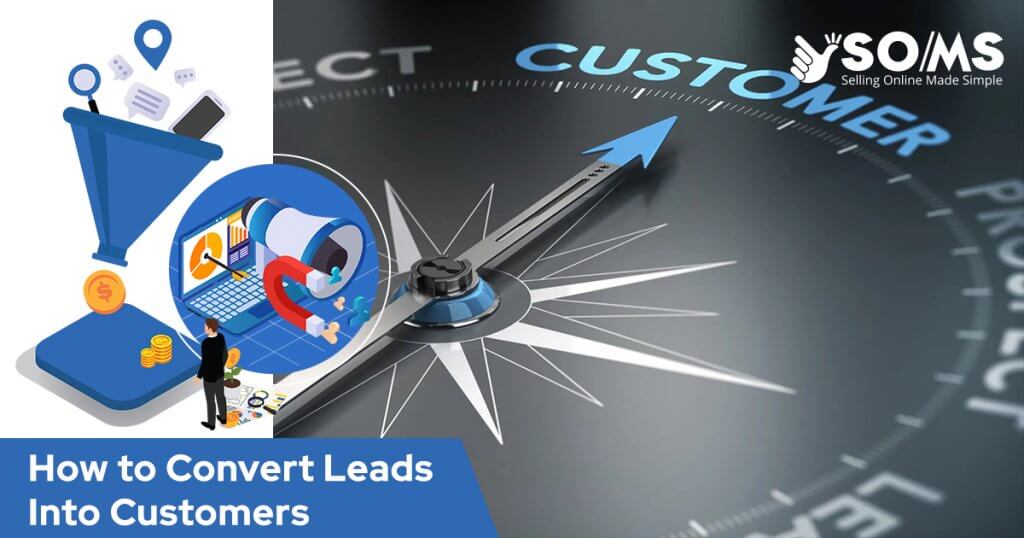How to Convert Leads Into Customers

For any small business, generating leads is only the first step in the sales process. To be successful, businesses need to convert those leads into customers. There are several reasons why converting leads is so important.
First, it helps to build trust and credibility with potential customers. When customers see that a business can successfully convert leads, they are more likely to do business with that company. Second, converting leads helps businesses to better assess their marketing efforts.
By tracking the conversion rate of leads, businesses can identify which marketing strategies are most effective in driving sales. Finally, converting leads into customers helps businesses to maximise their return on investment. By investing in lead conversion, businesses can ensure that they are getting the most out of their marketing budget.
Ultimately, lead conversion is essential for any small business that wants to thrive.
How to Turn Leads Into Customers

Any business needs customers to survive, and the first step to acquiring customers is generating leads. A lead is a potential customer who has shown some interest in your product or service. However, simply having leads is not enough – you need to know how to turn them into paying customers.
The first step is to build a relationship with the lead. This can be done by providing valuable content that is relevant to their interests. Once you have established a rapport, you can then start pitching your product or service.
It is important to remember that each lead is unique, and so you will need to tailor your approach accordingly. However, if you follow these steps, you will be well on your way to turning leads into paying customers.
How to Calculate Lead Conversion Rate

The lead conversion rate is the percentage of leads that are converted into sales. To calculate the lead conversion rate, simply divide the number of sales by the number of leads and multiply by 100. For example, if you have 10 sales and 100 leads, your lead conversion rate would be 10%.
The lead conversion rate is a valuable metric for businesses because it helps to track progress towards sales goals and assess the effectiveness of marketing and sales activities. Additionally, changes in the lead conversion rate can be an early indicator of shifts in market demand or changes in customer buying behaviour.
As such, businesses should regularly monitor their lead conversion rates and take action to improve conversions if necessary.
What Is a Good Lead-To-Customer Conversion Rate?

A good lead-to-customer conversion rate can vary depending on the industry, but a rate of around 2-5% is generally considered to be good. However, it’s important to keep in mind that many factors can affect conversion rates, such as the type of product or service being offered and the target market.
In addition, conversion rates can vary depending on the stage of the sales cycle. For example, a leader who has just been contacted by a salesperson is more likely to convert than a lead who has been sitting in the database for months. Ultimately, the best way to determine a good conversion rate is to track conversions over time and compare them to other companies in the same industry.
How to Develop an Online Lead Conversion Strategy

If you want to be successful at online lead conversion, you need to have a strategy in place. First, you need to generate leads through your website or blog. You can do this by creating content that is relevant and valuable to your target audience.
Once you have captured the attention of potential customers, you need to nurture those leads by providing them with more information about your products or services. This can be done through email marketing or by providing downloadable resources such as eBooks or white papers.
Finally, you need to convert those leads into customers by making it easy for them to purchase your products or services online. By following these steps, you can develop an effective online lead conversion strategy that will help you boost your sales and grow your business.

